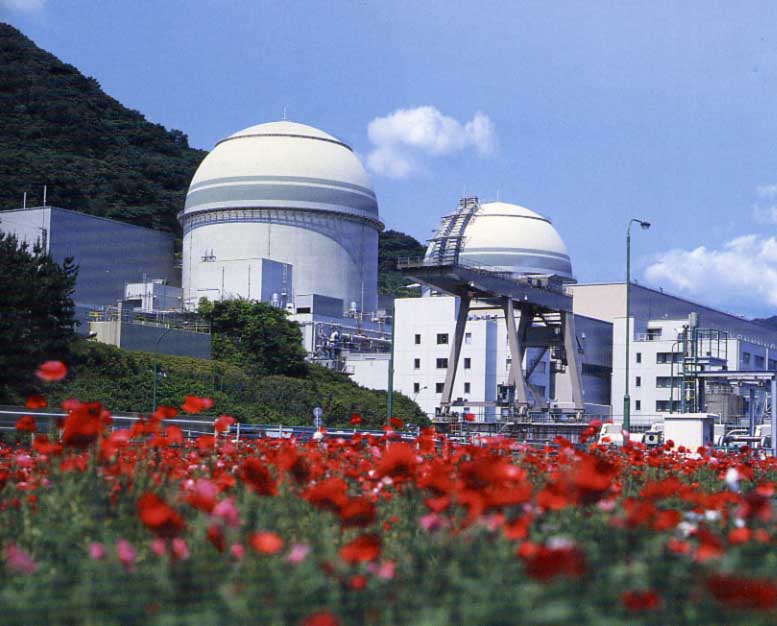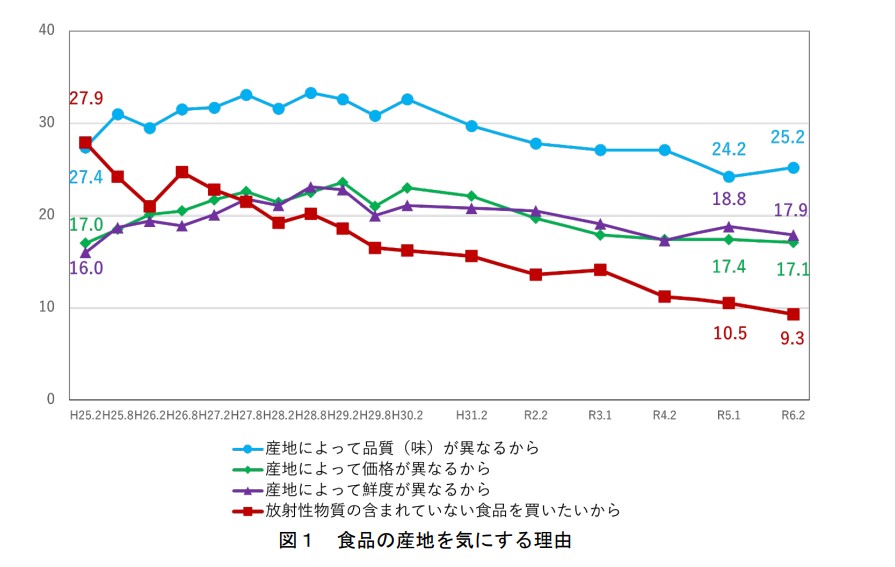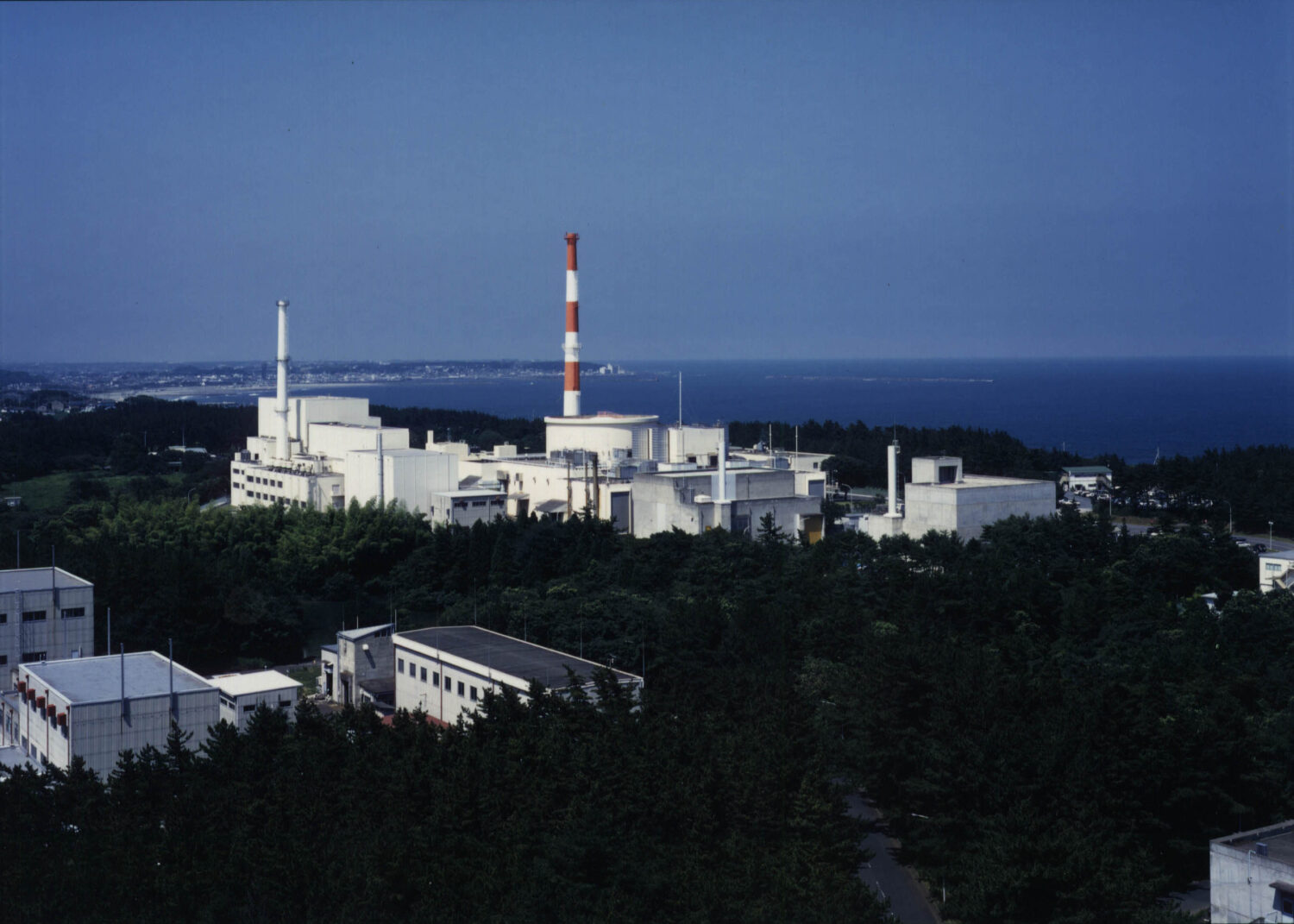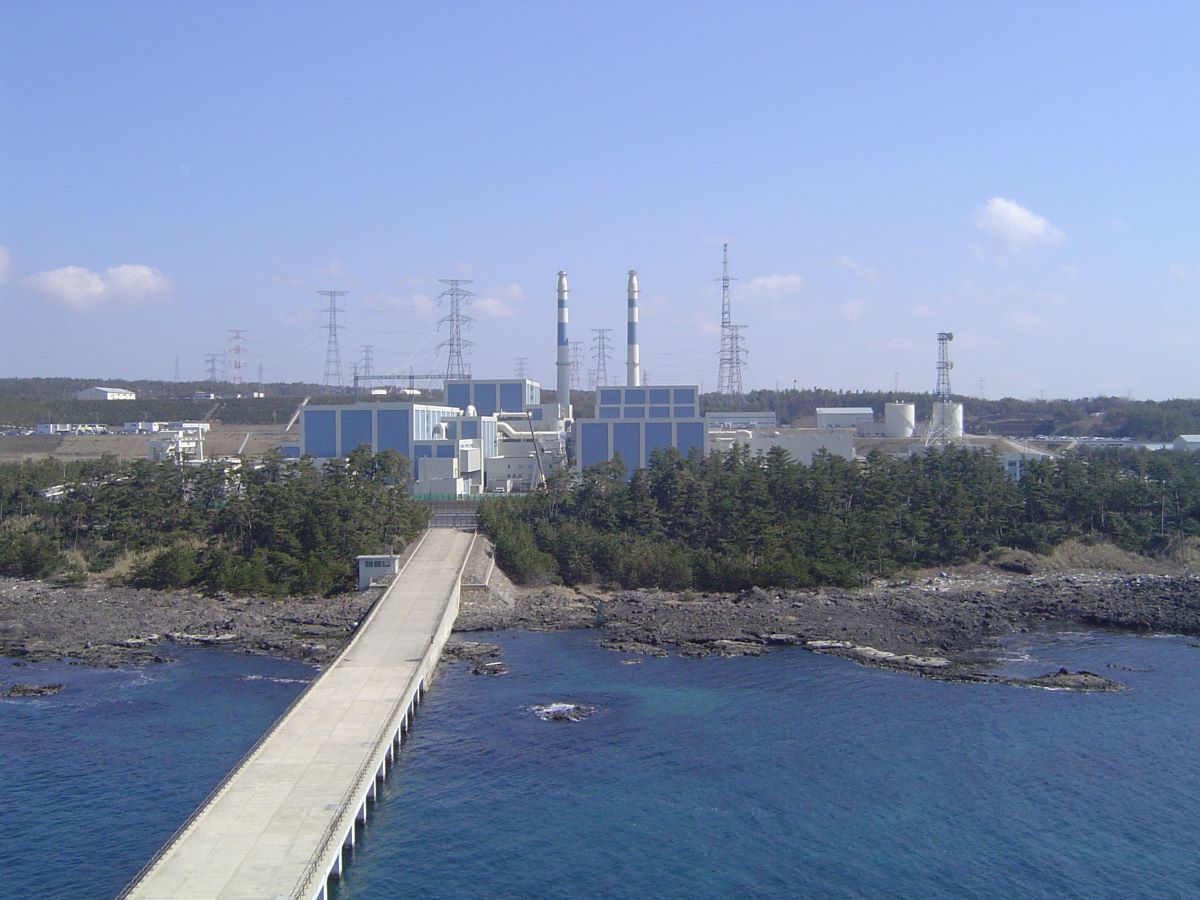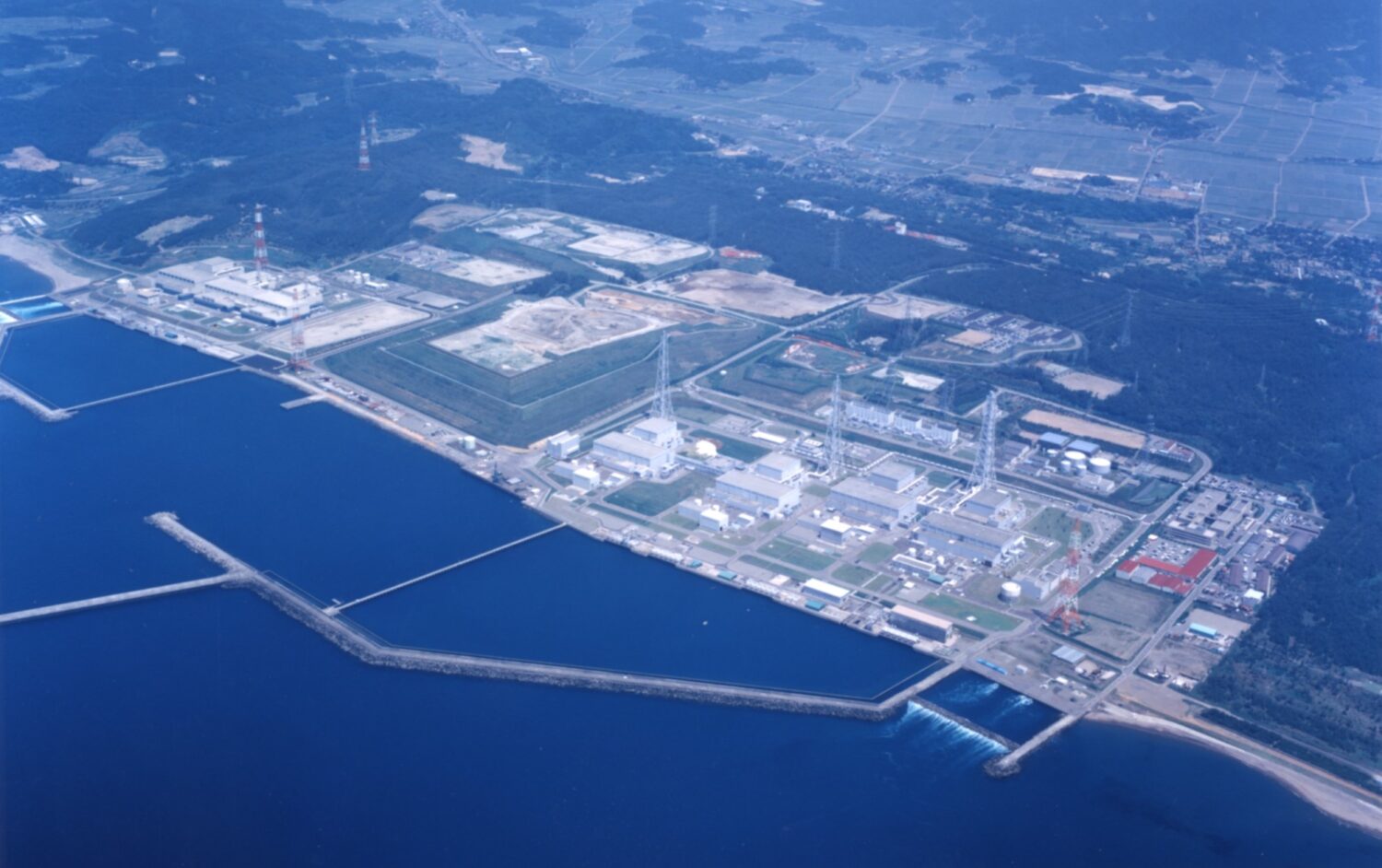According to the Civil Provisional Remedies Act, which prescribes the procedures for the temporary injunction, there can be no further appeal against the decision related to the stay of execution. As for the future judgment of whether or not to allow the reactors to continue operating, Kansai EP is currently appealing for the annulment of the original March 9 decision, with the related hearings being simultaneously carried out at the same court.
Judge Yamamoto presided over the temporary injunction in March, and is also in charge of the hearings related to Kansai EP’s objections. Those proceedings have already completed their initial hearings stage, with the first interrogation having taken place on May 10, and prospects are for a judgment to be reached by the district court shortly. That decision, once made, can be appealed to the Osaka High Court.
The Otsu District Court, in its March decision relating to Takahama-3 and -4, identified issues with the reactors’ tsunami countermeasures and evacuation plans, as well as problems related to design philosophy and anti-seismicity, based on lessons learned from the disaster at the Fukushima Daiichi Nuclear Power Plants owned by the Tokyo Electric Power Co. (TEPCO). It concluded that there was a “strong risk” that “residents’ personal rights” would “be infringed.”
In its appeal, Kansai EP had declared that its safety measures were “already proven in detail,” and that the district court’s decision was “totally unacceptable” as it lacked any “basis on scientific or technological knowledge.”
Additionally, decisions for a temporary injunction take effect immediately, unlike lawsuit judgments. The Civil Provisional Remedies Act prescribes that the execution of a decision can be temporarily lifted only in cases in which damage occurs “that cannot be compensated for.” Kansai EP asserted that its daily losses stemming from its inability to operate the two reactors amount to some JPY 300 million (around USD 2.88 million at USD 1.00 = JPY 104.16).
Kansai EP halted the operation of Takahama-3 on March 10, one day after district court’s decision. Takahama-4 was already off line, having been shut down one month earlier because of trouble occurring right after its operation had been resumed.



-1.png)

















.jpg)


